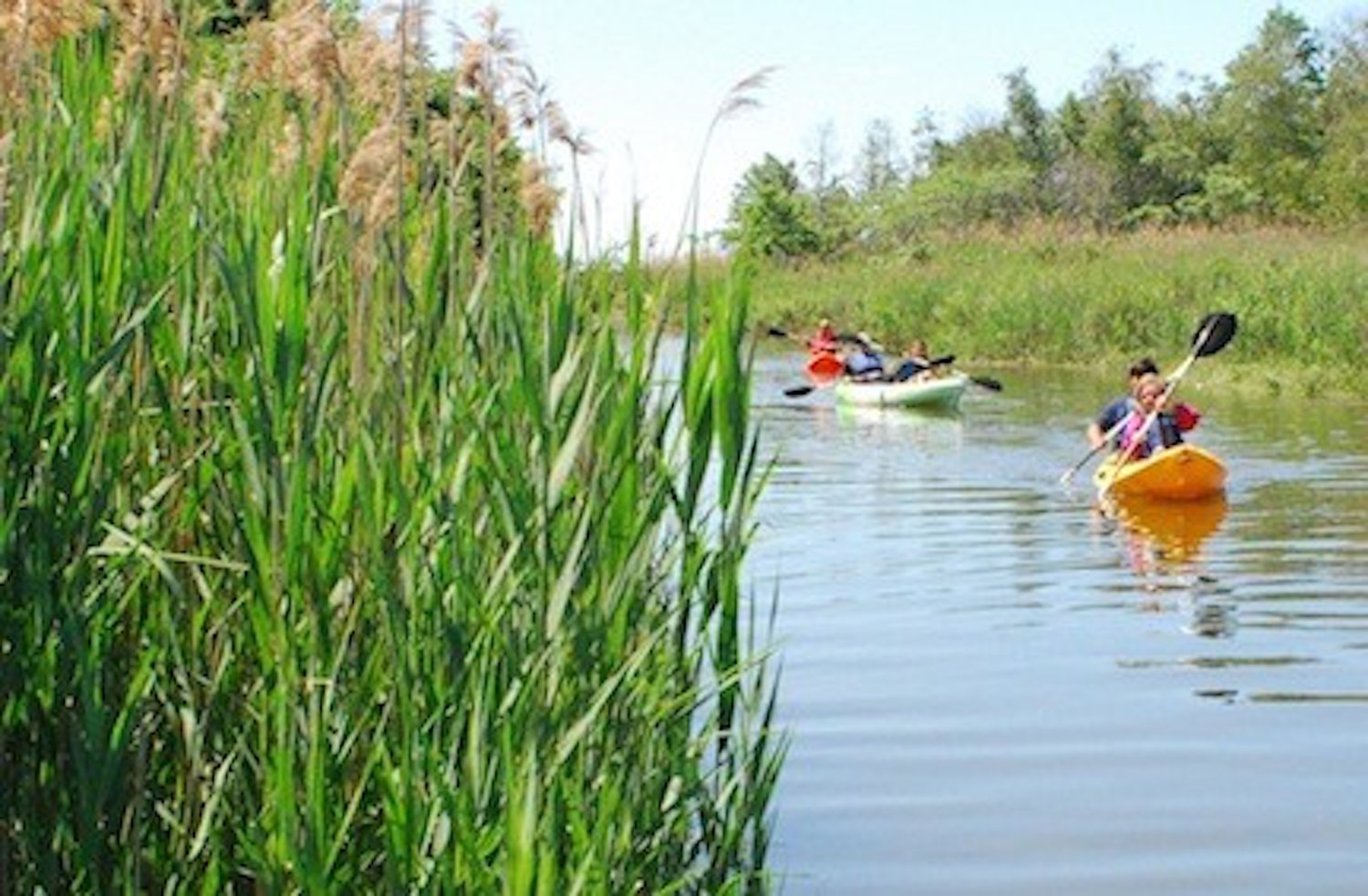Nassau County allocates funds to restore the Western Bays
The Nassau Legislature recently approved the county’s 2021-24 capital improvement plan, part of which will focus on the restoration of the Western Bays. The initiative includes investments in infrastructure, environmental protection and economic development.
With support from New York state, the county is moving forward with up to $800 million in projects to remove harmful discharges and improve water quality in the South Shore’s Western Bays. The Western Bays Resiliency Initiative is the largest environmental in-vestment the county has made in many decades, and it will translate into an economic boost for the region, officials said. The planned upgrades will clean the waterways, restore marshland, improve storm resiliency and increase the number of shellfishing beds.
County Executive Laura Curran said the Covid-19 crisis has shown officials how important it is to commit to capital projects that are vital to residents’ health, safety and quality of life, which includes restoring the Western Bays. She also said she was grateful that the County Legislature approved the four-year project.
The plan “not only seeks to improve our infrastructure and resolve critical needs,” Curran said, according to a news release, “but makes improvements that attract new residents and businesses so we can continue to meet the challenges of retaining our tax base. The 2021-24 capital improvement plan continues my commitment to restoring and improving infrastructure while investing in big-picture projects that will improve the county for generations to come.”
The Western Bays are the coastal waters between East Rockaway, Oceanside, Island Park, Baldwin, Freeport and the Long Beach barrier island. They were once a productive fishing area, but excess nitrogen in the bays, attributed to wastewater treatment facilities, including the Bay Park Water Reclamation Facility, has damaged the local environment, severely affecting fishing because of a steady decline in water quality. Because of degraded marshlands, storm resiliency has diminished as well, as seen during Superstorm Sandy, officials said.
Projects under the Western Bays Resiliency Initiative include the Bay Park Conveyance Project, Long Beach Consolidation Project and Point Lookout Sewer Feasibility Study. The Bay Park project will reroute treated effluent, or sewage, from the Bay Park Water Reclamation Facility to the Cedar Creek Water Pollution Control plant by way of a 100-year-old pipe under Sunrise Highway. Gov. Andrew Cuomo approved the project in March.
“This ambitious project will be critical in advancing our sustained efforts to reduce water pollution and restore water quality in our coastal communities,” Cuomo said in a statement. “For decades, Long Island’s coastal habitats have suffered from nitrogen pollution. We have been working diligently with our local partners to address this environmental threat, and by advancing the Bay Park Conveyance Project, we are taking further action to protect the Western Bays and the surrounding communities by increasing their resilience to future flooding.
The BPCP is a partnership between the state’s Department of Environmental Conservation and the county Department of Public Works. Work began in the spring and is slated to take three years to complete. Once finished, it will divert some 75 million gallons of treated wastewater per day and up to 90 percent of the nitrogen loading from Reynolds Channel and the Western Bays each year. This, in turn, will improve resiliency and water quality, officials said.
This $1.7 billion capital plan builds on infrastructure projects that the county has undertaken over the past year, including a roadway resurfacing program, which will continue through 2024, and the completion of major projects such as the new Nassau County Police Department Center for Training and Intelligence, at Nassau Community College in Garden City.

 48.0°,
Overcast
48.0°,
Overcast 




